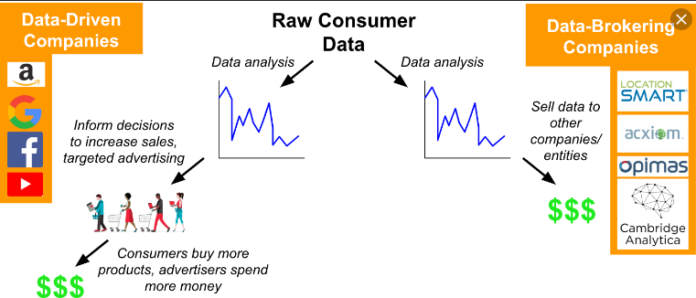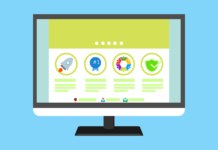Brian CJensen Data-driven businesses make decisions supported by factual data instead of emotions or opinions. It has been a long time since companies sought to adopt this approach. But today, these same corporate entities assure that data is the right way to progress. In a data-based company every level of decision-making, from top to bottom, tends to be based on facts. People think strategically about every aspect, whether it comes to operational, hiring, customer support, or other industry-based matters. Any data-led organization goes through three cyclical phases of capabilities.
Whether you choose to refer to it as a lifecycle, phase progression or some other term, the phases consist of tech-savvy, data fluency, and data literacy. The first phase is primarily about the creation and collection of online data, followed by inclusion and formation of that data into information. Data fluency, in turn, comprises decoding and understanding the insights obtained from the collected, structured data. Lastly, data literacy plays a crucial role in the decision-making stage as it helps you take actions led by insight and intelligence.
Nearly 80% of businesses are looking to ramp up their data and analytics competency to generate value in today’s business environment. In order to successfully exdcute this transition though, they must first ensure a few things.
Tips for becominga data-driven company
Increase tech-savvy, data fluency, and data literacy efficiency:
You need a big data and analytics platform in order to do this. In order to develop that platform. You have to hire people with a specialization in cloud-based technologies, and data science, and so on. such as Grid Dynamics price optimization platform. However, the challenge is that these candidates may be difficult to find. Due to their rising demand, they don’t have to worry about salary and job safety. To make sure they stay with you, keeping them satisfied and motivated. To learn advanced developments in the field is necessary.
Similarly, you have to hire people who can read big data and interpret them into insights that you can use properly. The more proficient your employees are with data analysis and communication, the more you can benefit. As far as data literacy goes, it would be best to have workers Brian CJensen with critical thinking and business skills. Only they can ensure agility, collaboration, planning, privacy, and so on.
Build enterprise architecture:
Hiring talent alone may not be enough to turn your organization into a data-driven workforce. There has to be an inherent data-driven awareness and recruitment approach that is easy to measure, scale and customize. It has to be cheaper, too. The individual on a data-driven journey needs to have three things to be successful – ambition, learning skills and supportive atmosphere. In essence, you need to develop a data-driven culture through proper roadmaps and change programs.
From this, it is easy to assume that you have to continuously assess. And analyze your preparedness for this change with learning, education, awareness, and monitoring. That means also including training and helping employees understand that data is the way forward. Any futuristic company will need to implement these things in order to reshape and reform its style of working for the future.


















